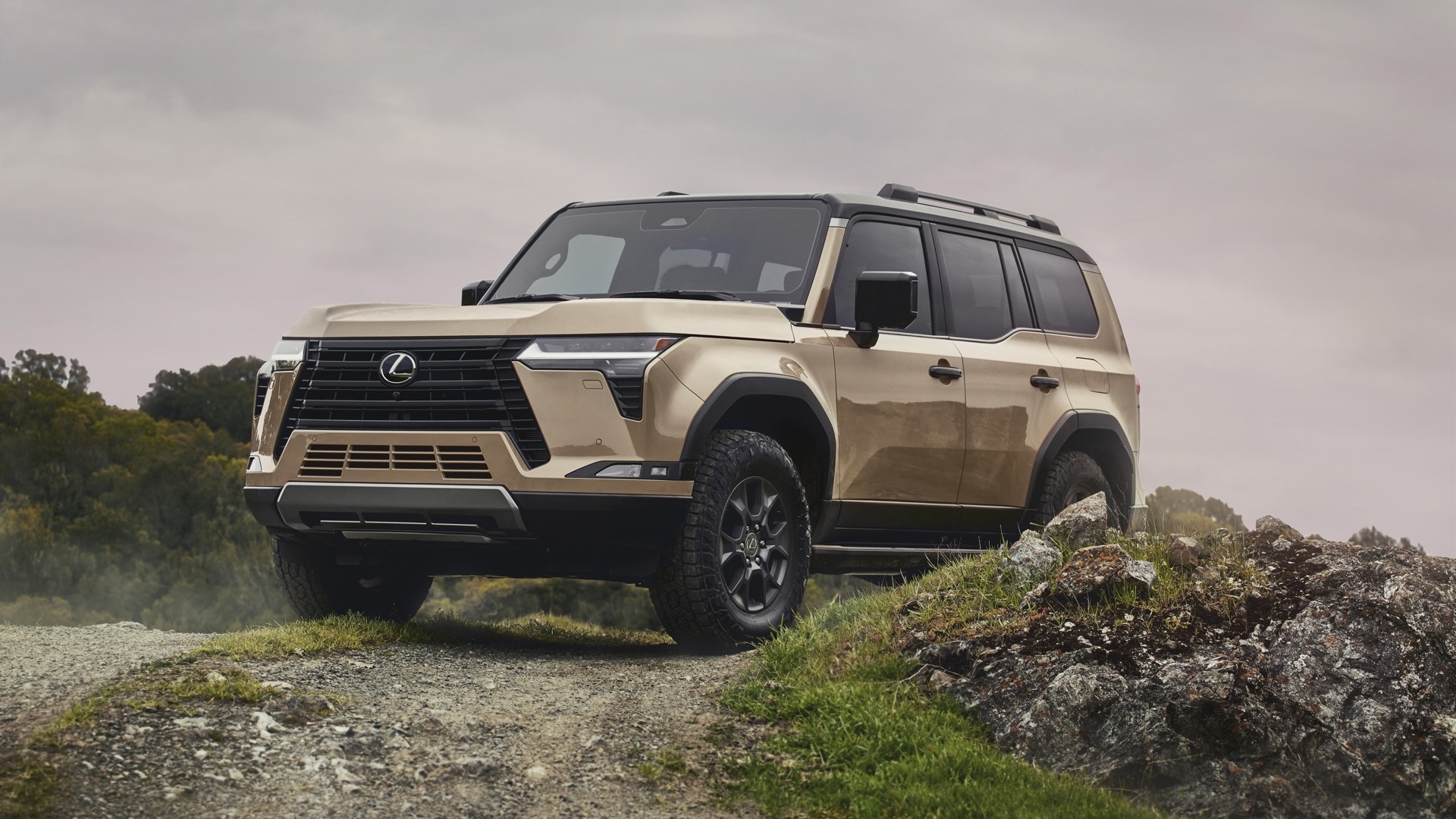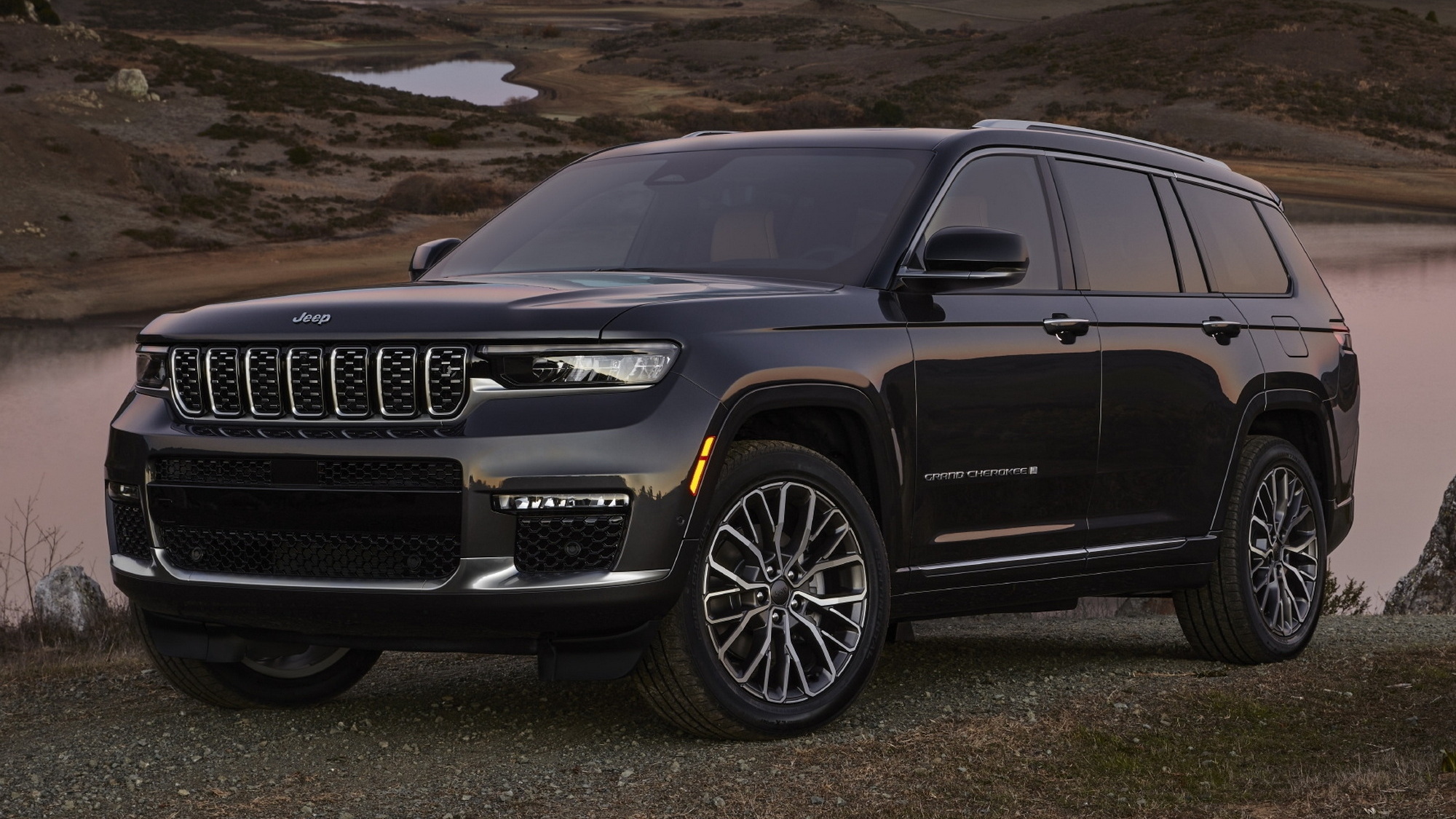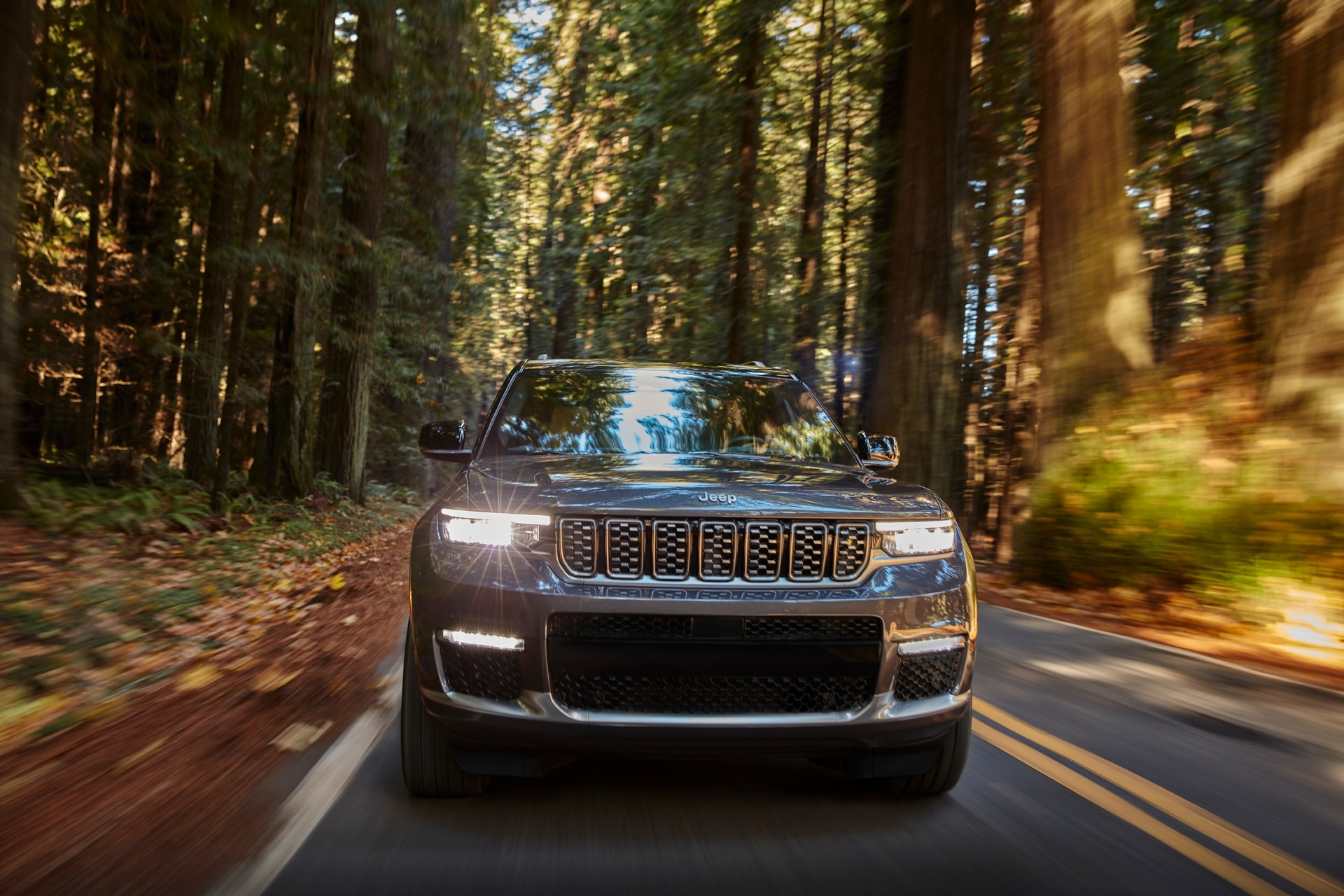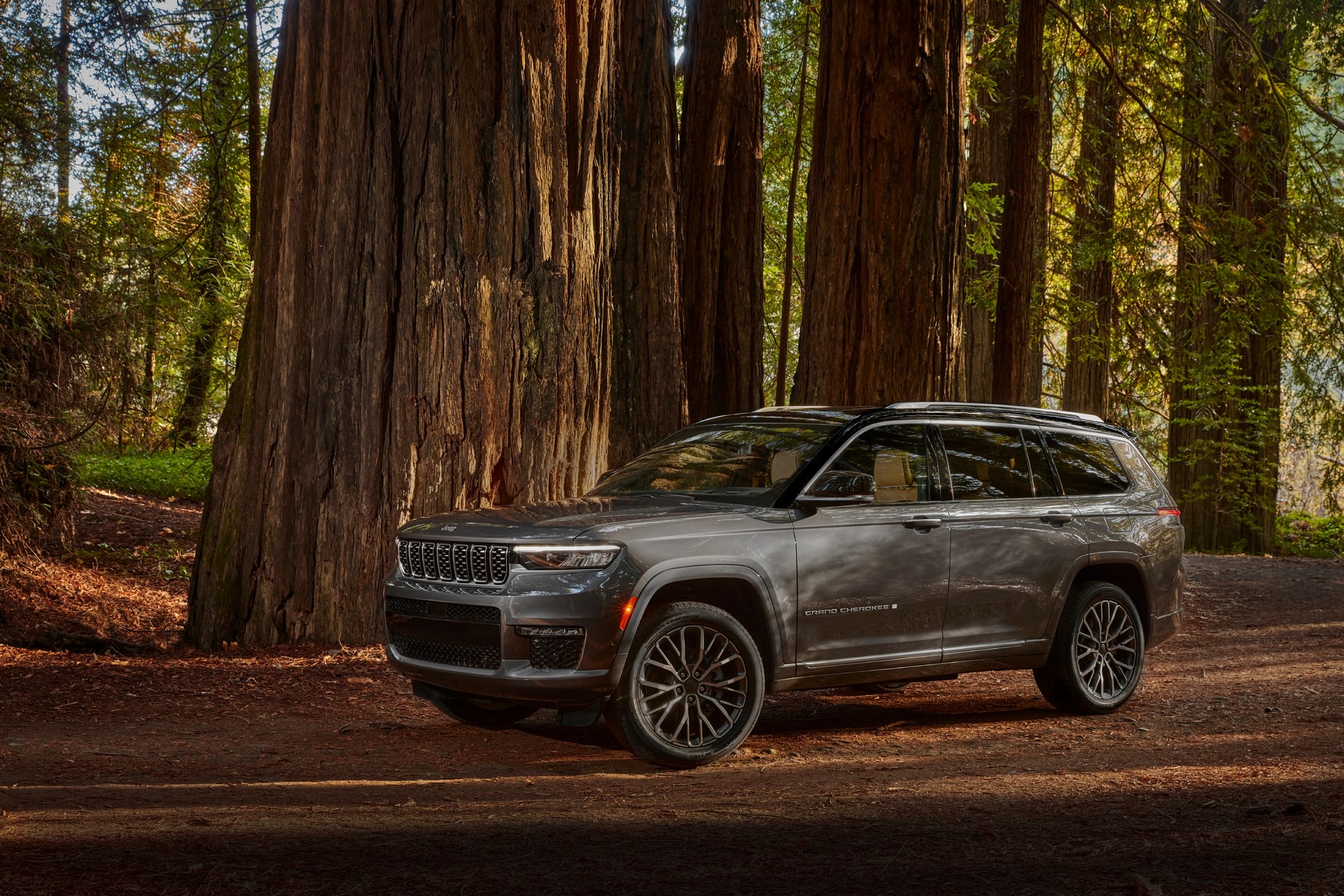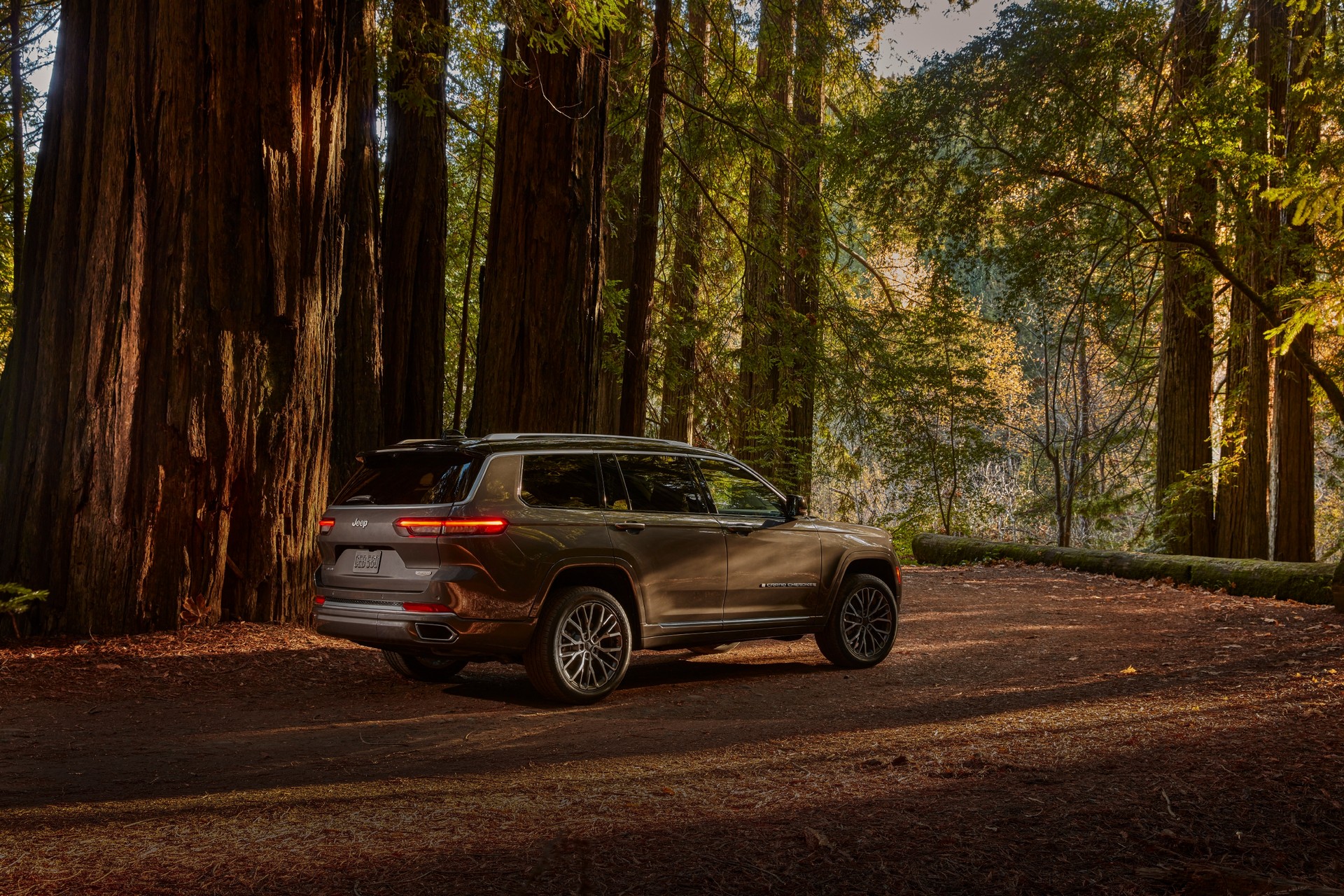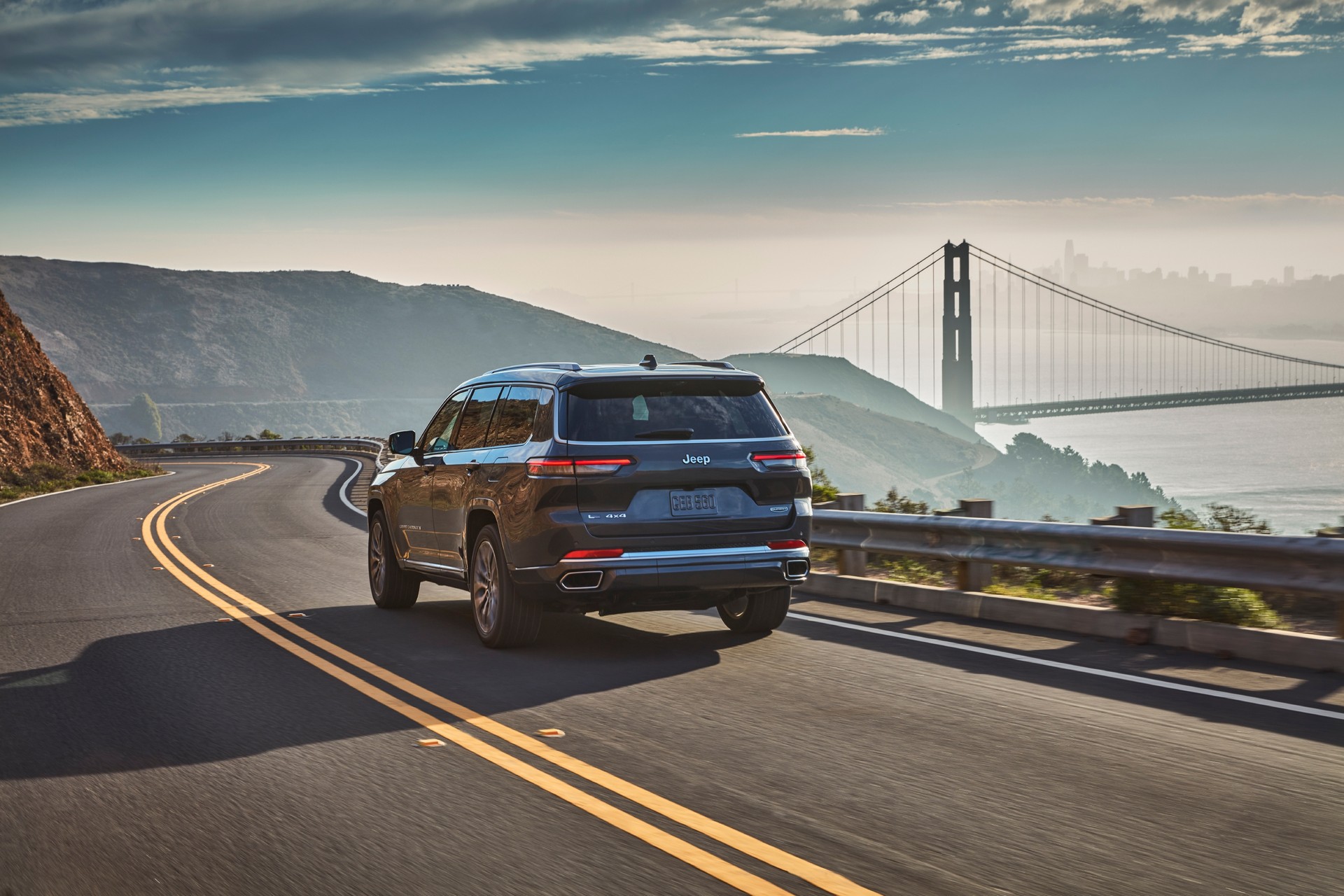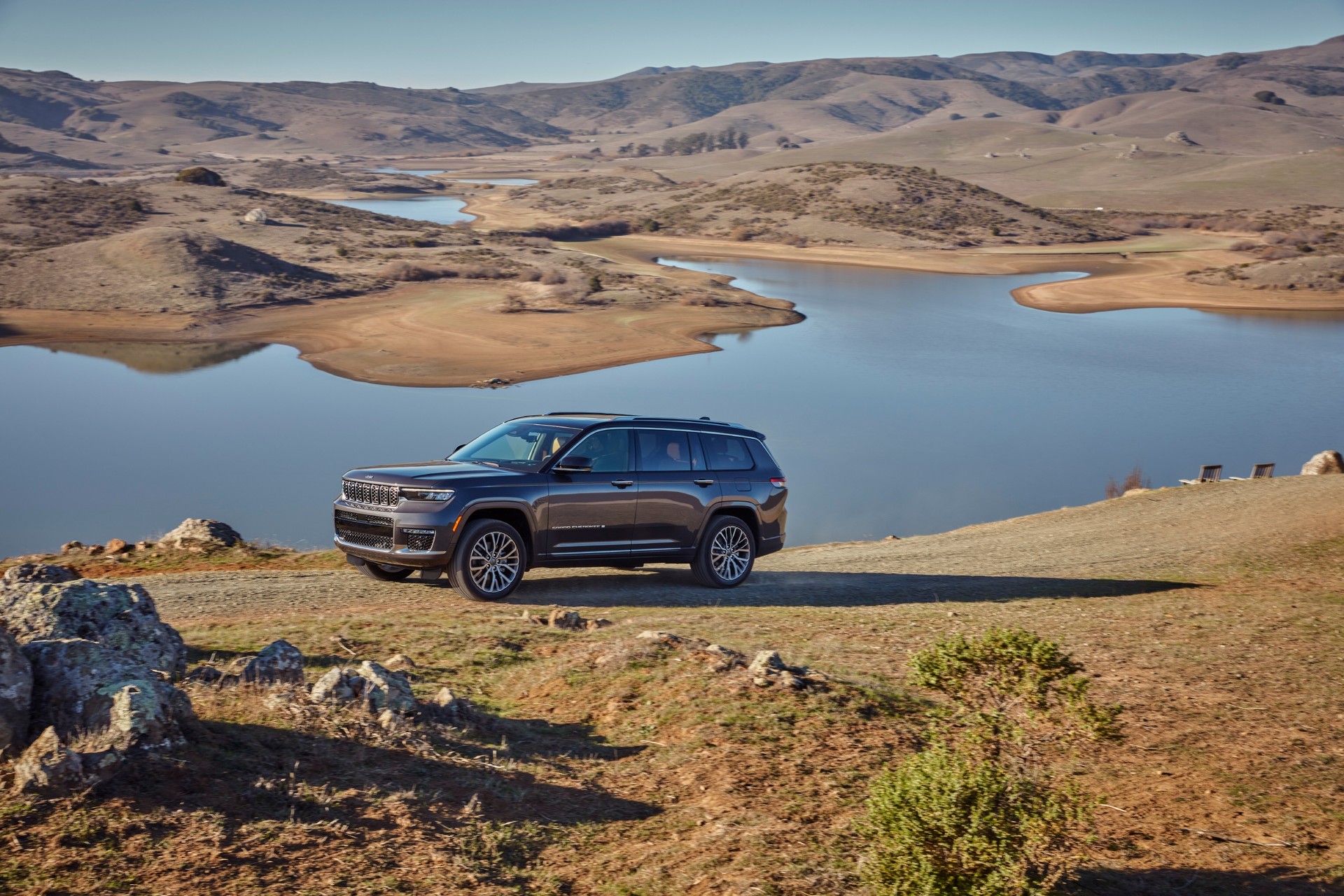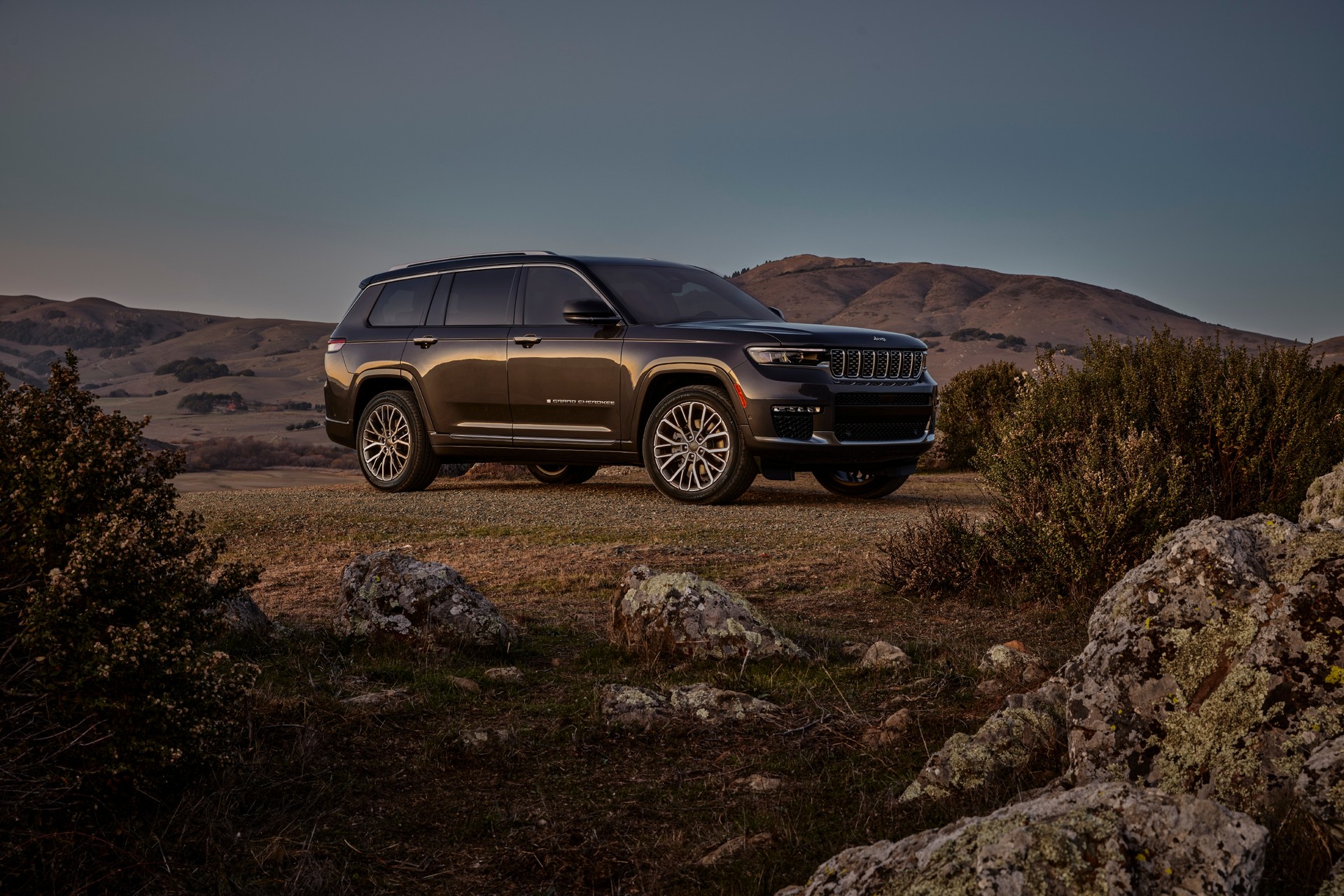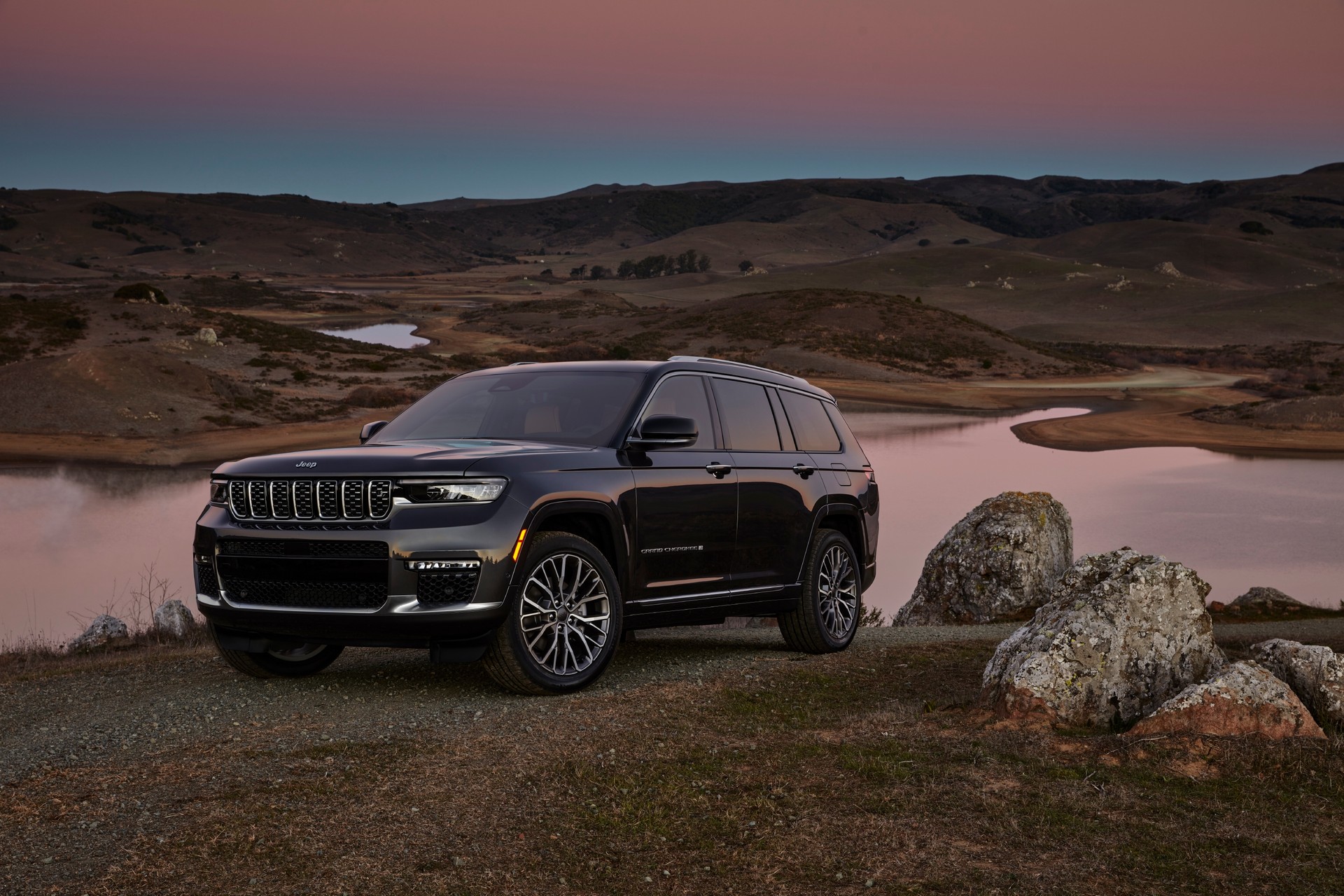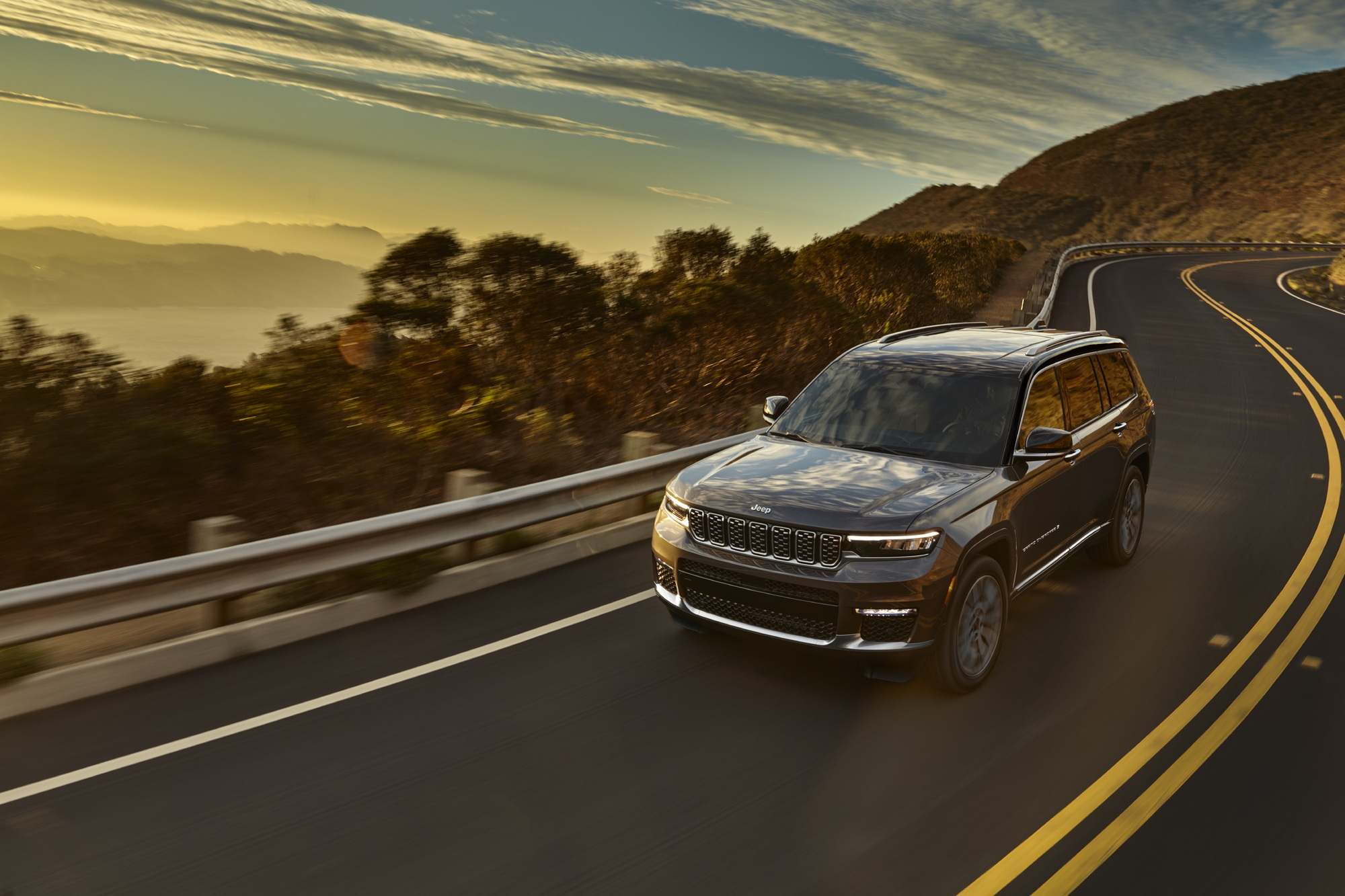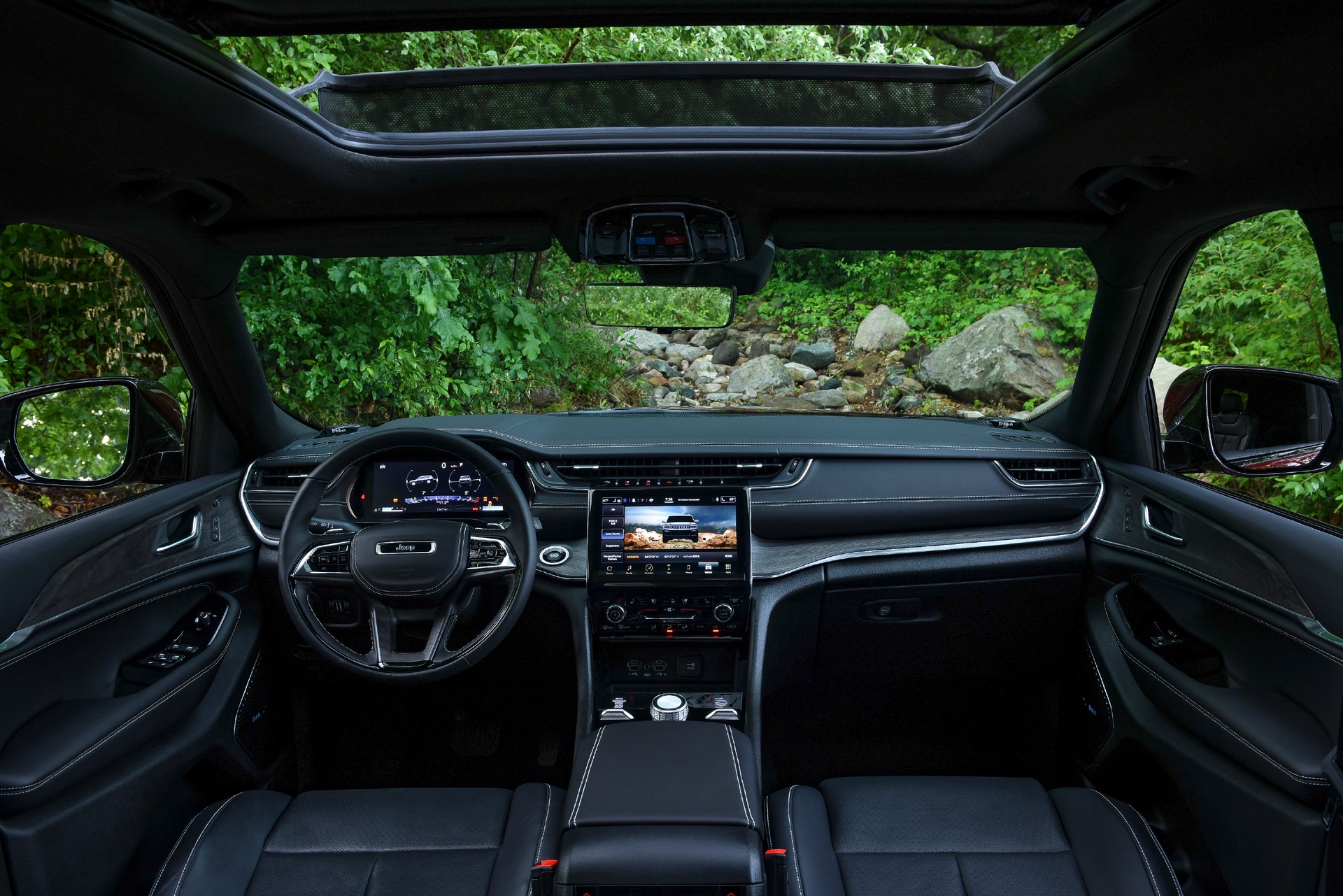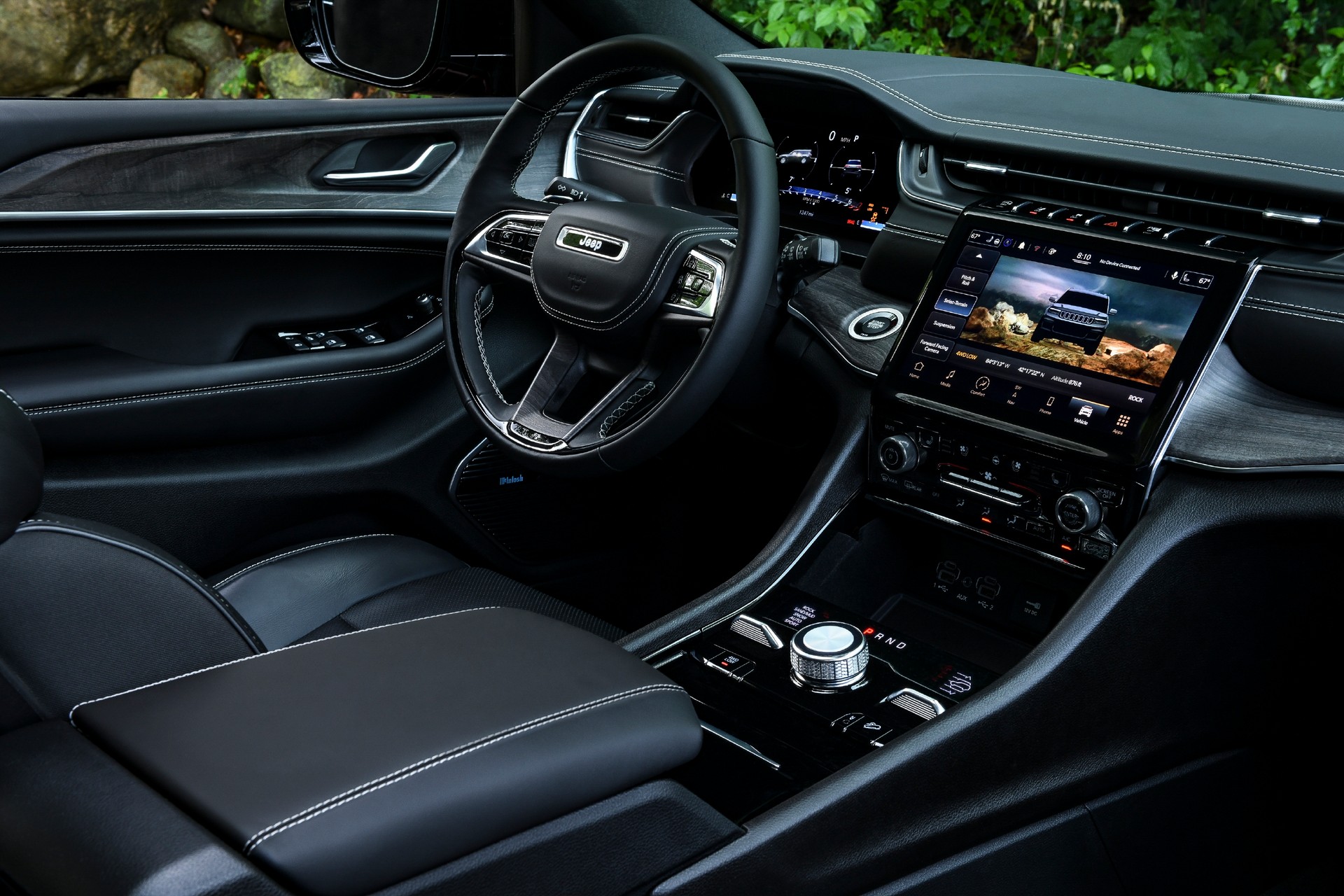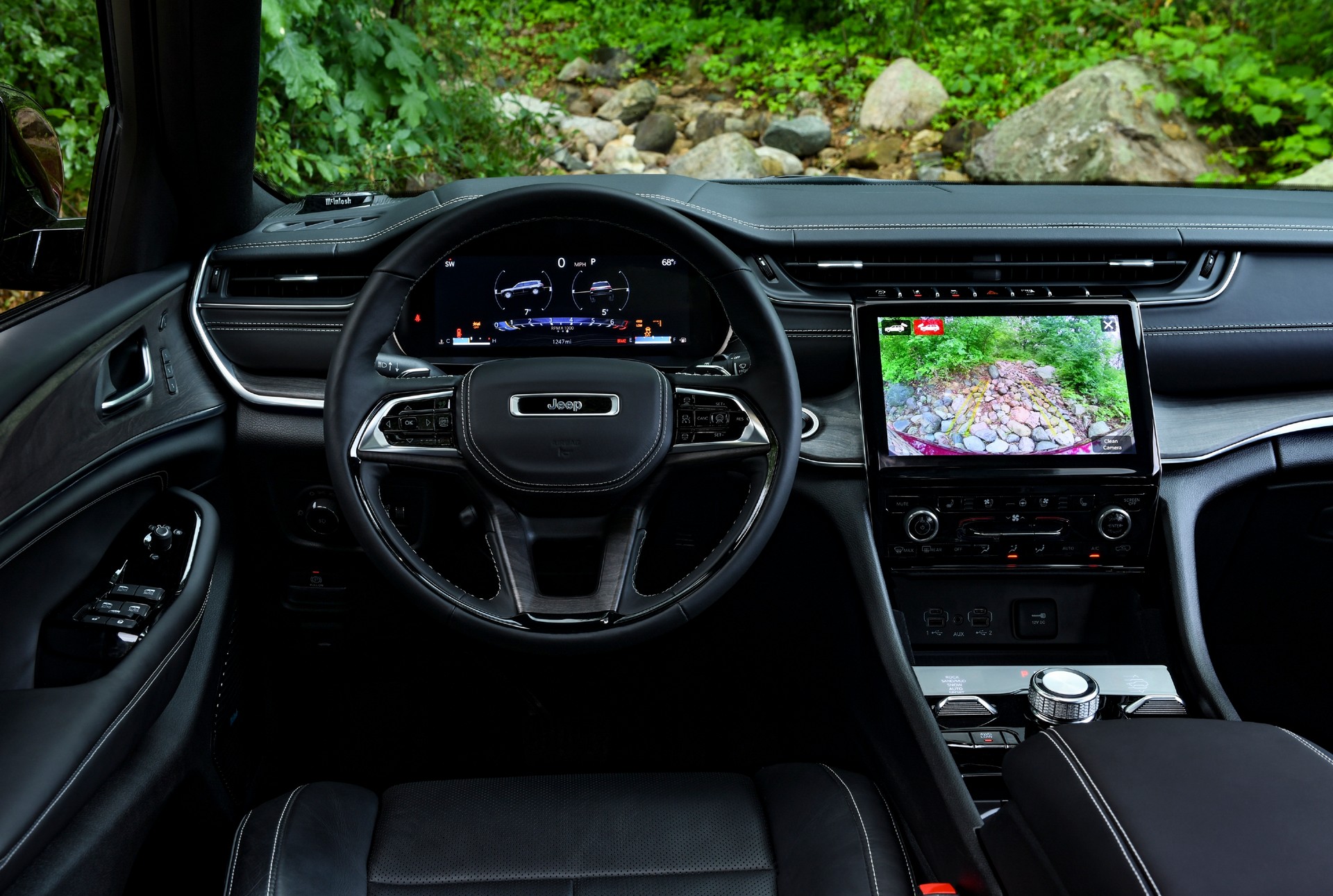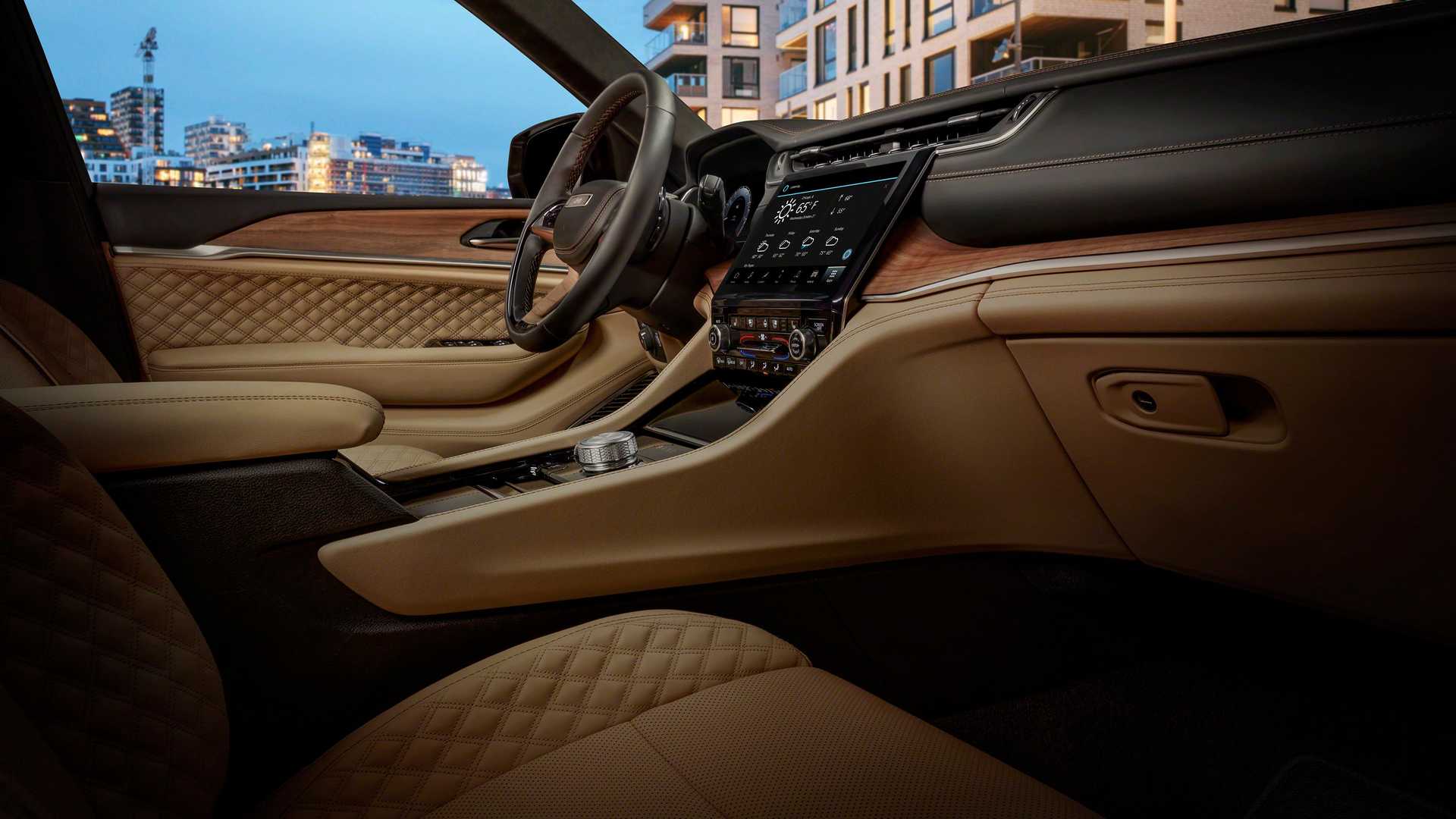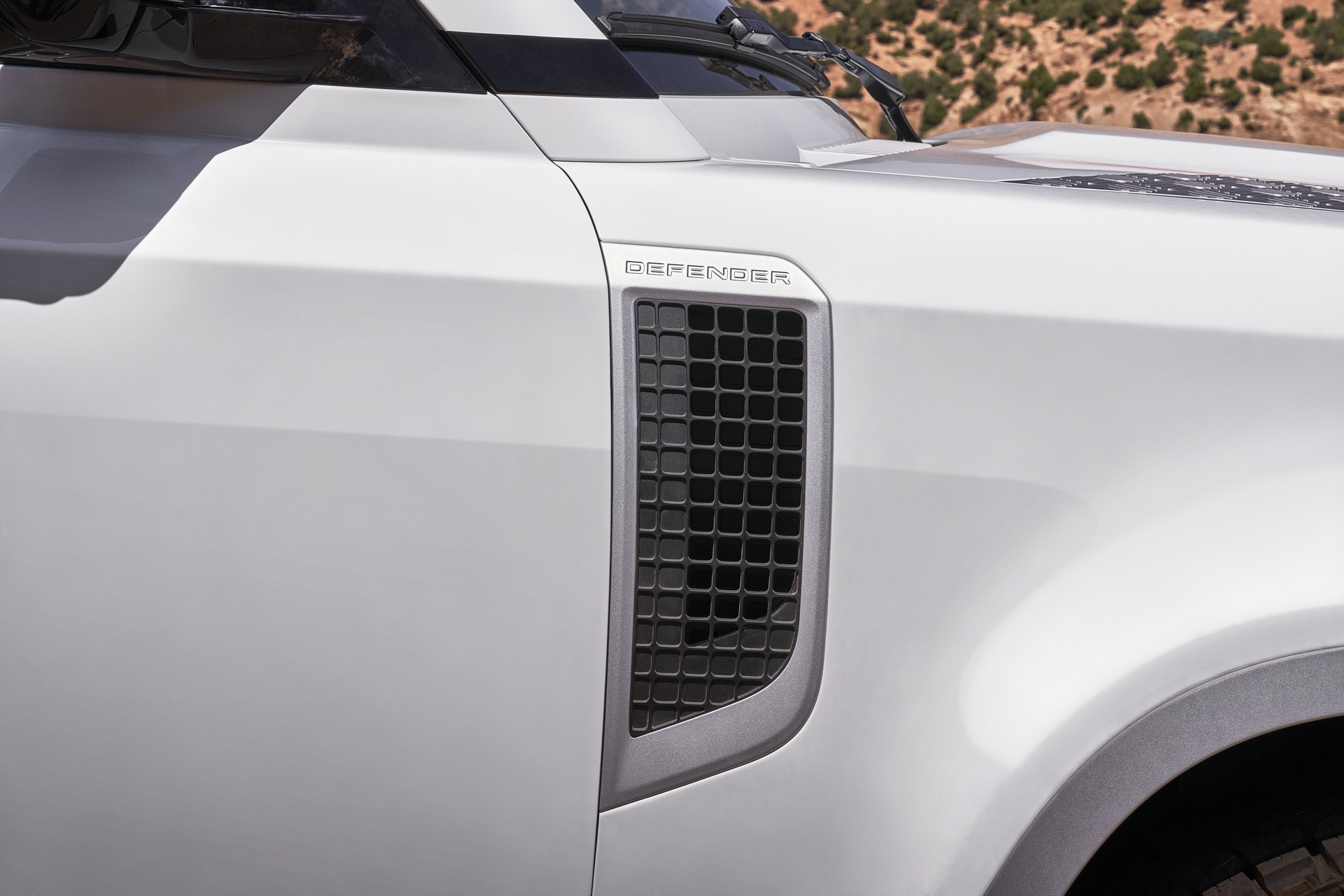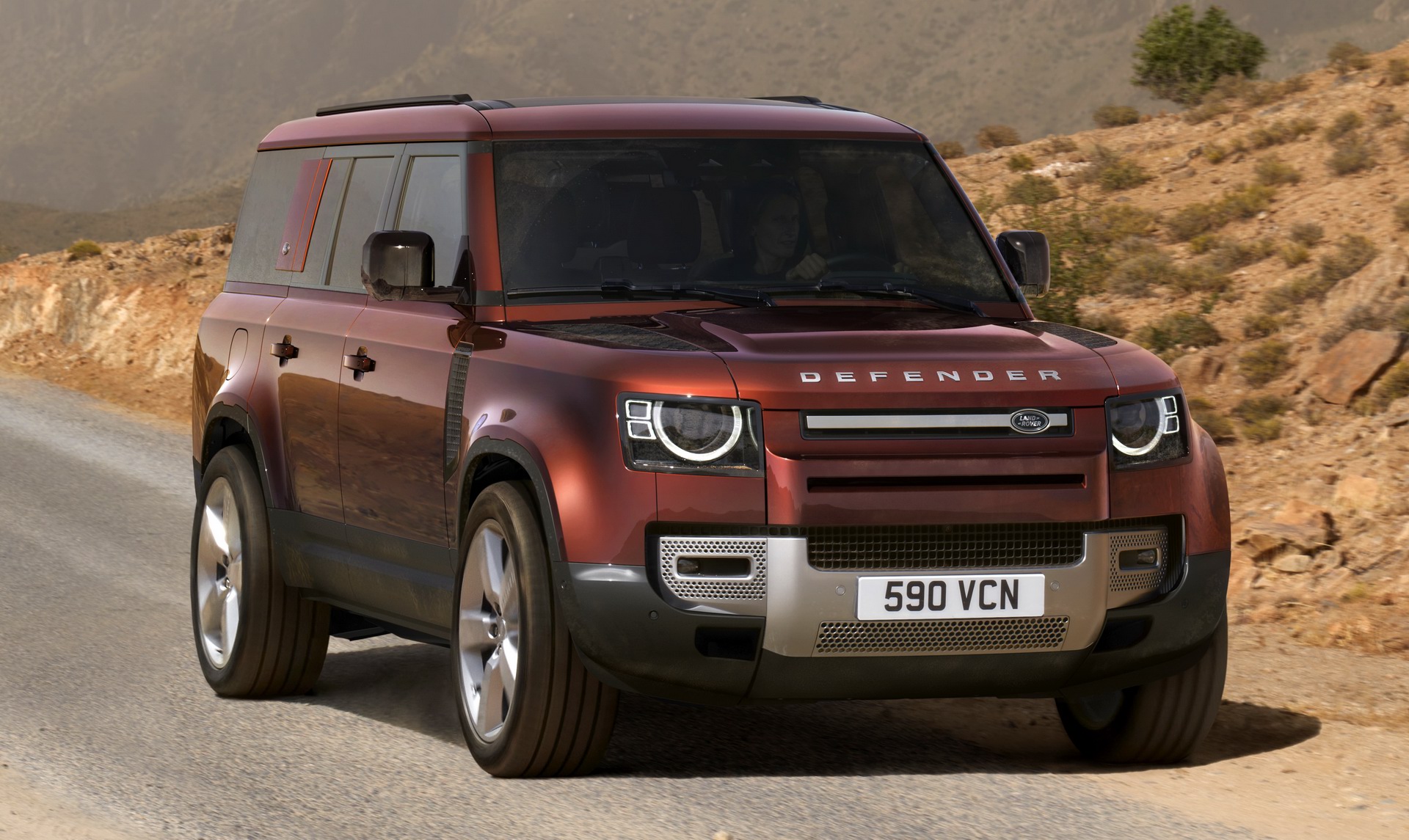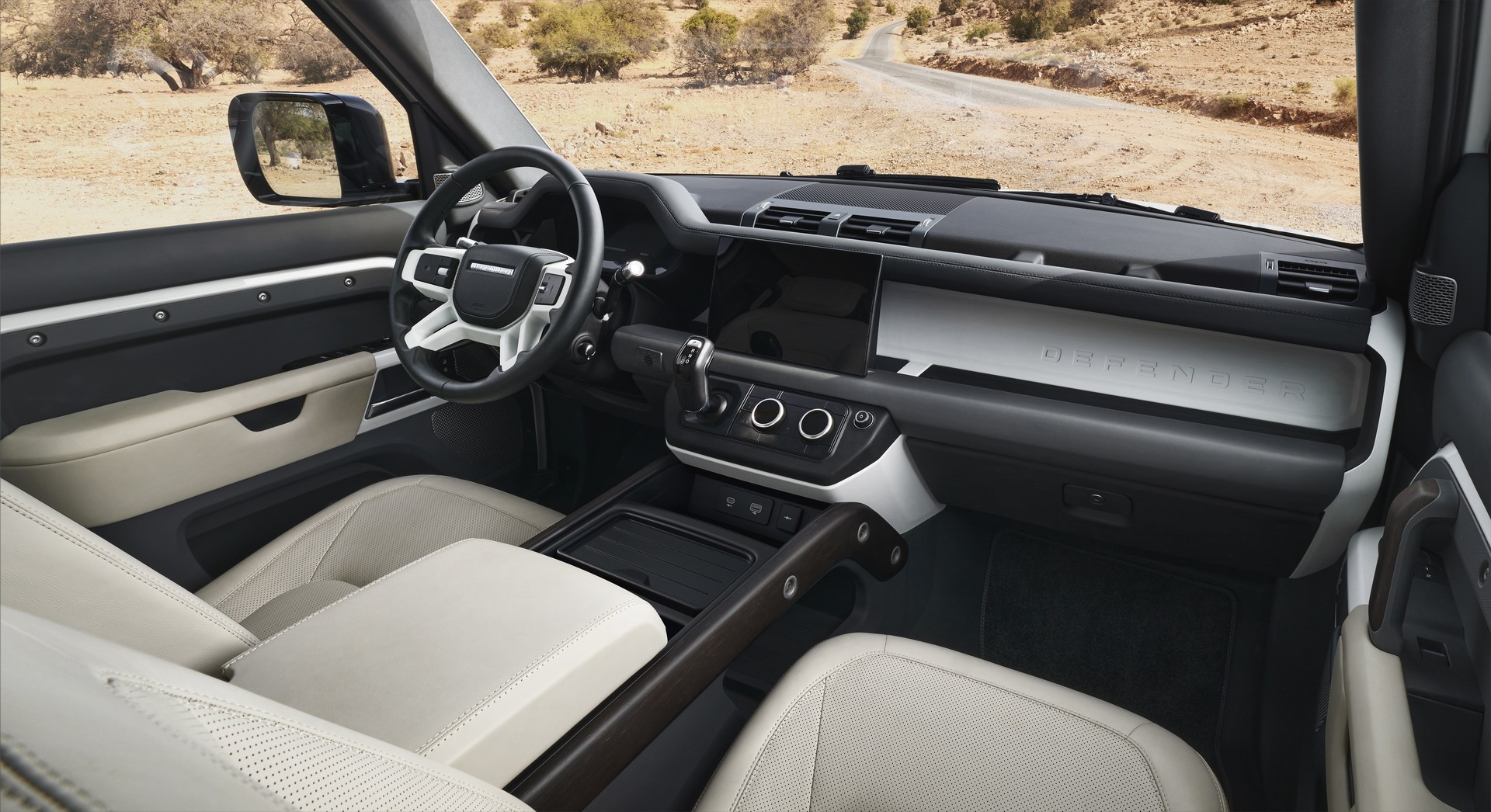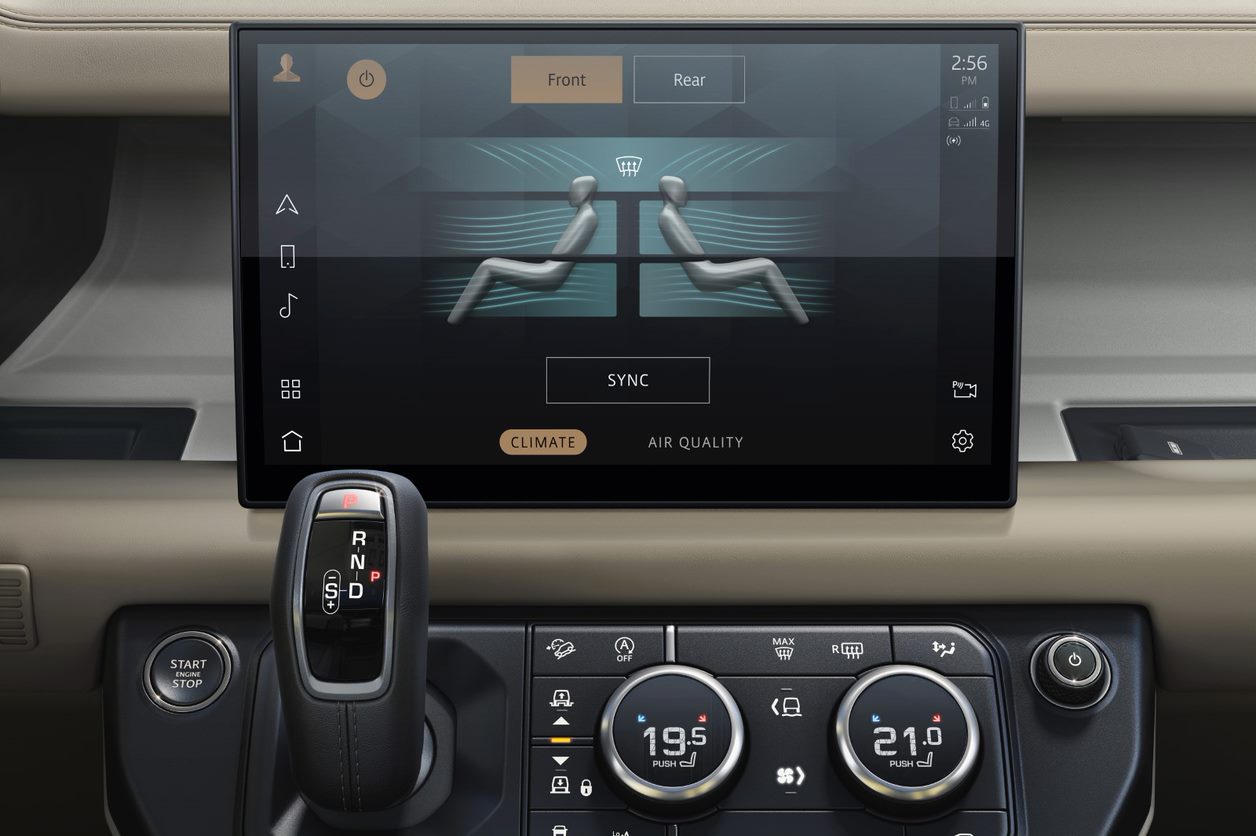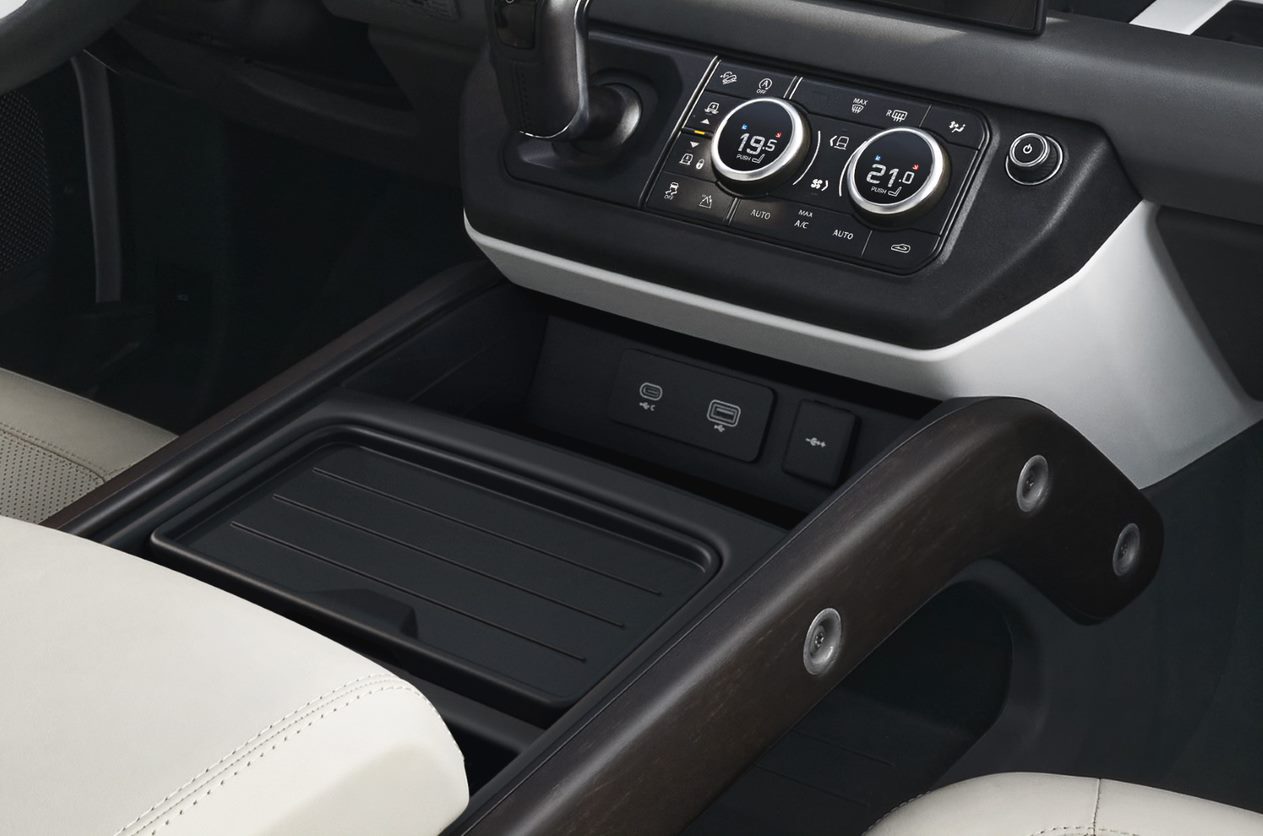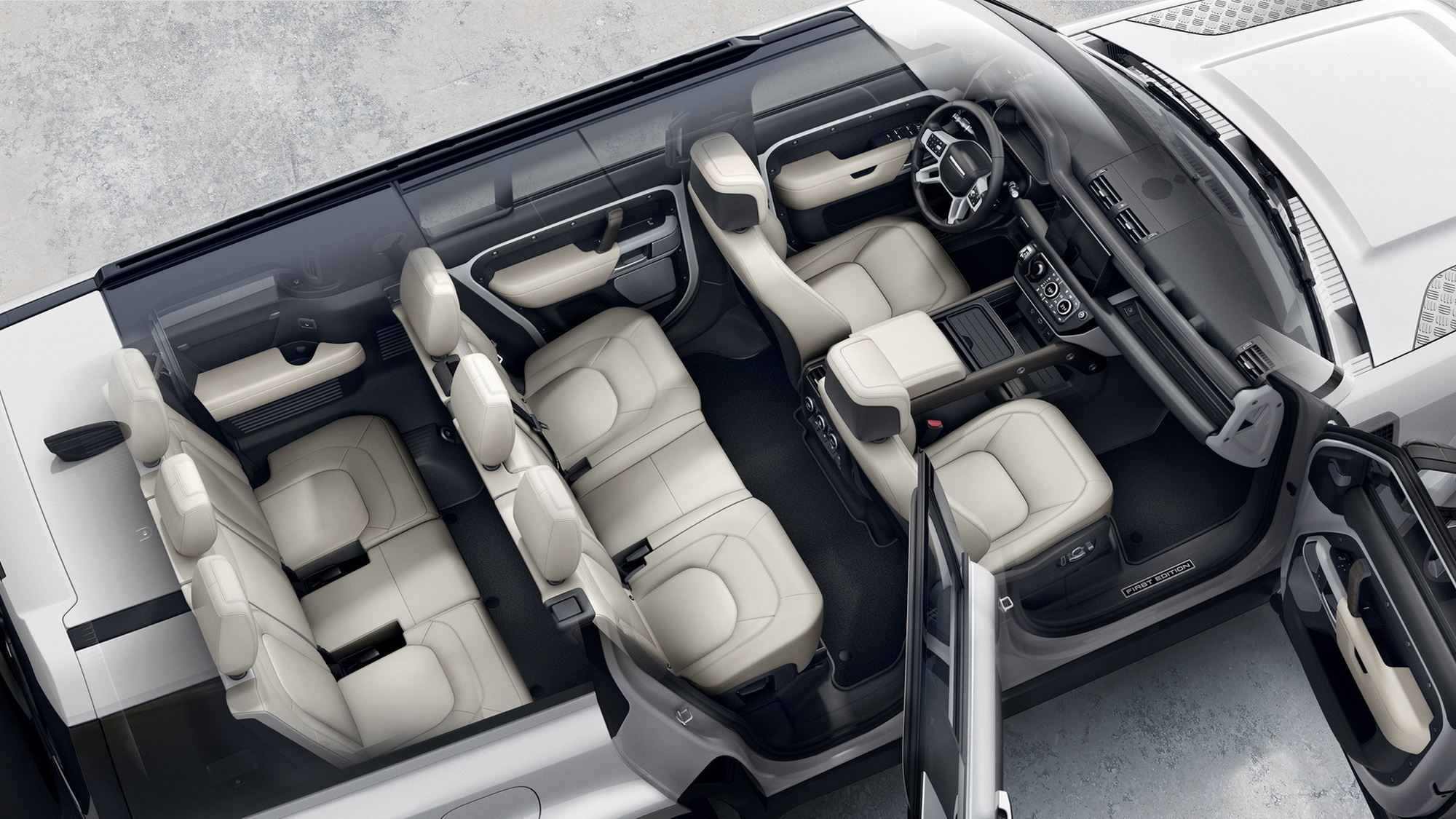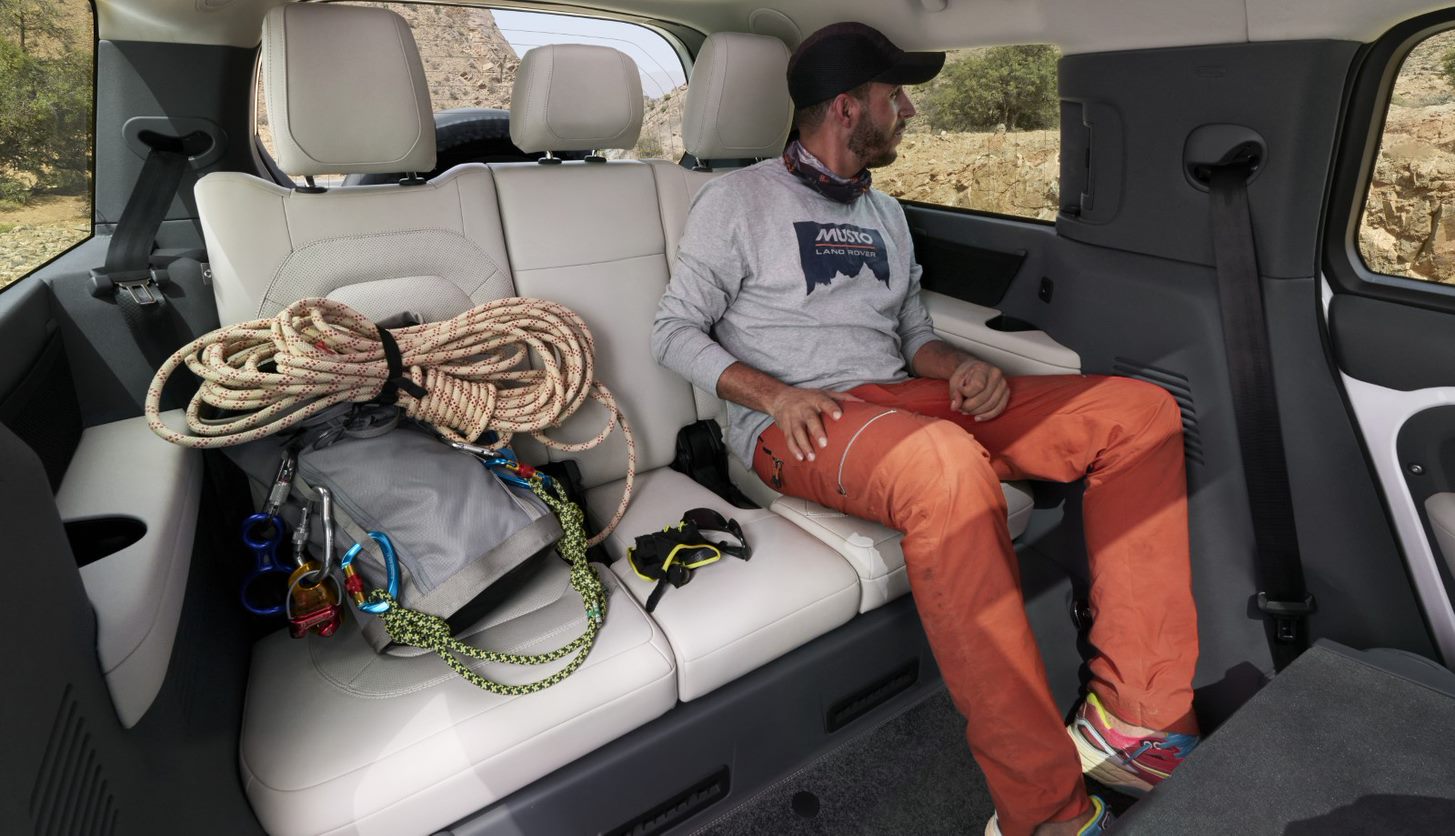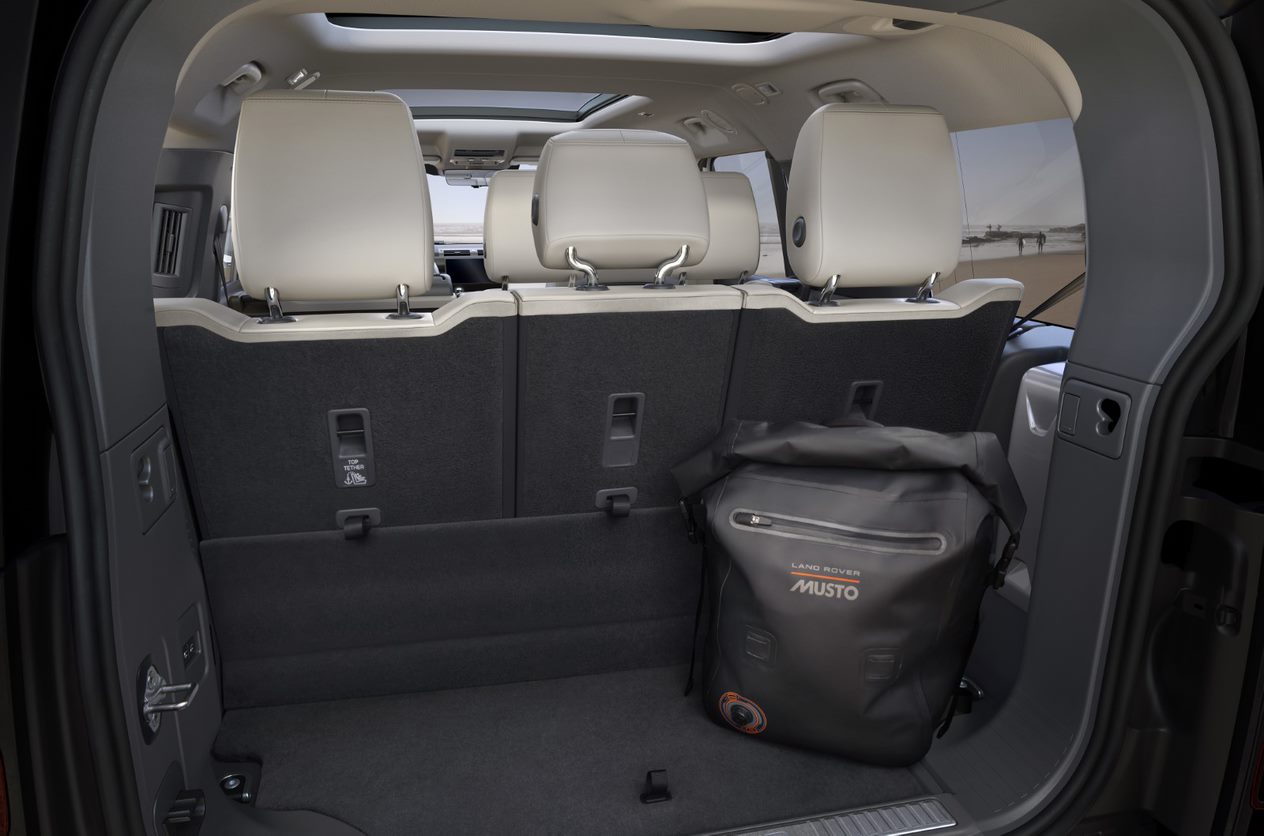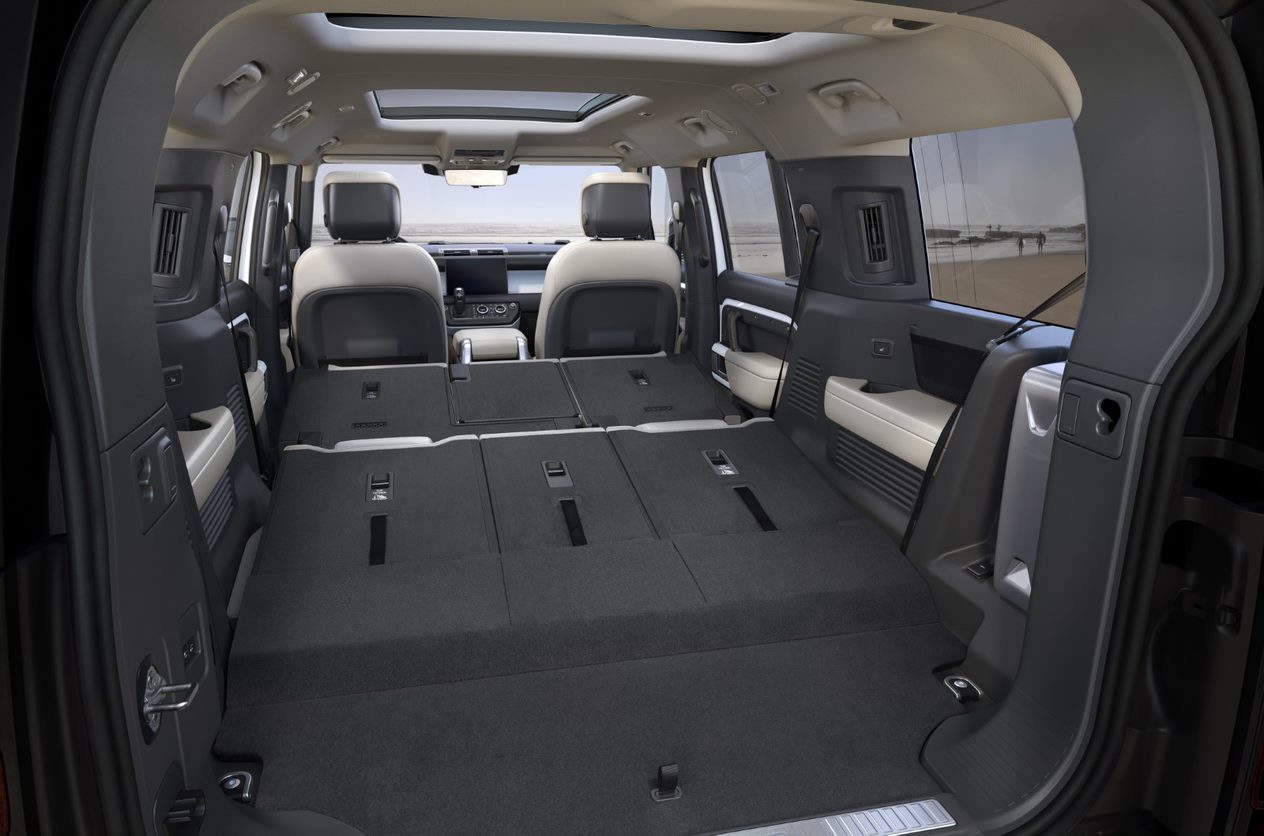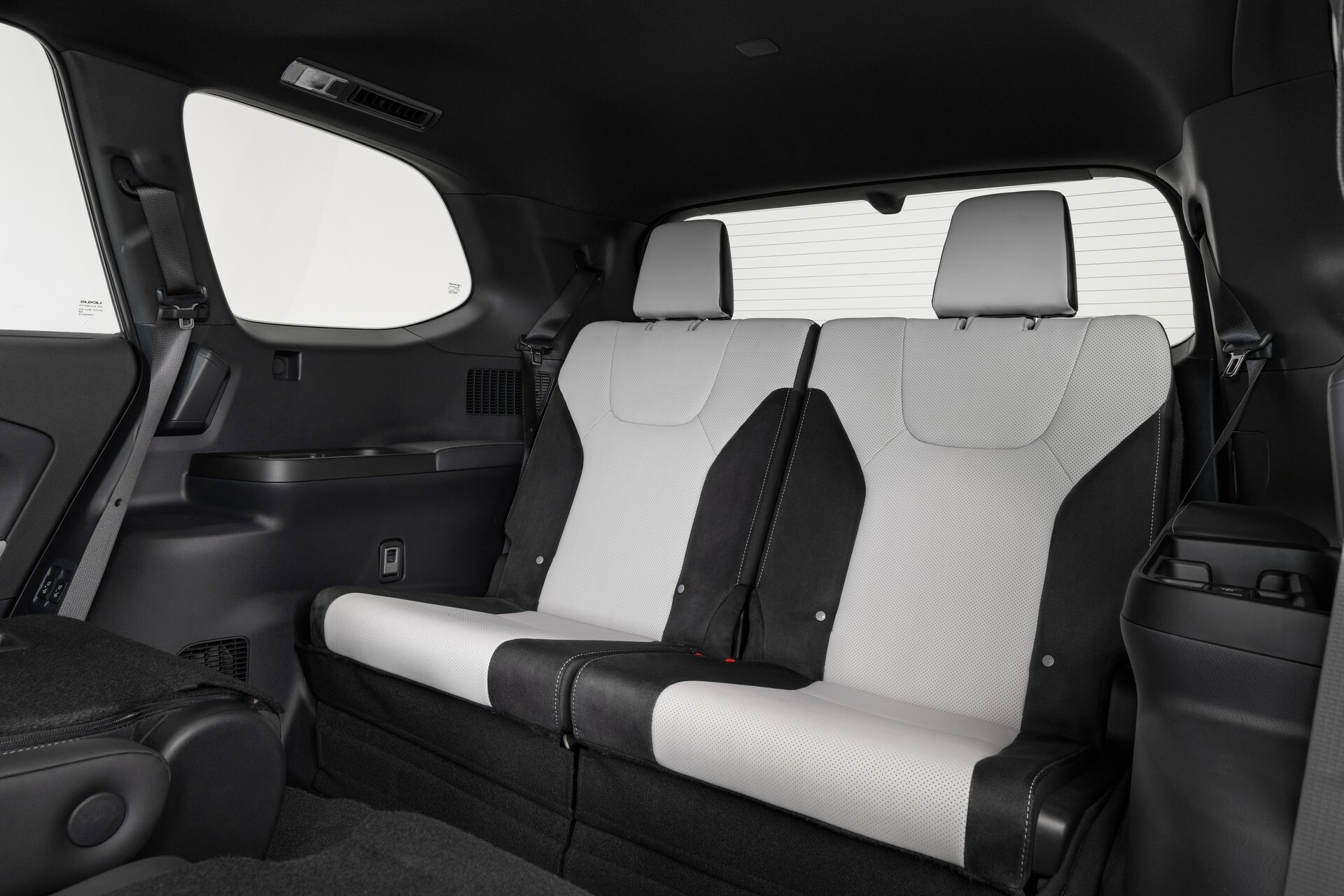Lexus has a new GX for 2024, and that’s significant because it’s only the third all-new GX in the model’s 20-year run and replaces an SUV that first went on sale in 2010.
But what’s really interesting about this new Lexus three-row SUV is that it’s one of two such vehicles the brand is introducing for 2024. The other is the Lexus TX. Confused? Think about how Land Rover offers both the Discovery and Defender. One majors on space, luxury and refinement, while the other places an emphasis on outright off-road capability and cool, modern utilitarian design.
So getting back to Lexus, the TX is aimed at the Discovery, BMW X5 and Genesis GV80. It also has a unibody design based on the TNGA-K platform found on the Toyota Grand Highlander that should make it smooth on the highway. The GX, on the other hand is a tough, traditional body-on-frame truck built around a version of the TNGA-F chassis found under the Lexus LX 600 and the full-size Toyota Land Cruiser sold overseas. While it might also steal some sales from city-dwelling SUVs like the X5 and GV80, or even the TX, the GX’s more natural rivals are the Defender and Jeep Grand Cherokee.
So how does the GX stack up against those two rivals? Let’s dig into the specs and take a look.
Lexus GX 550
Related: Box-tastic 2024 Lexus GX Proves You Can Have Both Style And Substance
GX? Is that really you? Talk about a radical redesign. The bloated, chintzy dad-bod look of the old GX has been replaced by something infinitely more self-assured and modern. The familiar Lexus ‘spindle’ grille is still there, but there’s something almost retro about the design that sets it apart from every other one of the brand’s vehicles. Whatever the Lexus design team is smoking, someone roll them another one.
The new GX looks like it can’t wait to jump off the asphalt and hit some trails, and as with every previous GX, that’s not an empty promise. The GX’s body-on-frame construction makes it unique in the midsize luxury SUV class, and means it will make a great tow vehicle (up to 8,000 lbs / 3,630 kg) and prove handy on really tough trails, unlike most posh SUVs.
Every model gets full-time all-wheel drive and a lockable Torsen limited-slip center differential, while off-road focused Overtrail models add a locking rear differential as well as an aluminum skid plates, 33-inch tires, a crawl-control feature and an adaptive suspension system that can disconnect the sway bars for more articulation.
This is still a Lexus though, so the interior is all about luxury. The old analog gauge cluster makes way for a 12.3-inch digital one, the 10.3-inch infotainment system is upgraded to 14 inches and the aniline leather seats can be configured as three pairs or with a bench in the second row for seven-person transport. An entry-level Premium-trim GX should come in at just over $60,000 when sales start in early 2024, but you can expect to pay around $70k for a mid-spec Luxury grade model and maybe $80k for a top-spec Overtrail+.
Configuration possibilities are rather less numerous when it comes to powertrains, however. The only model available at launch is the GX 550 that comes equipped with a 3.4-liter twin-turbo V6 and 10-speed automatic transmission. It makes 349 hp (354 PS) and 479 lb-ft (650 Nm), which compares well with the old GX 460’s 301 hp (305 PS) and 329 lb-ft (446 Nm), but economy is disappointing at 17 mpg, versus 16 mpg for the outgoing V8.
One thing worth bearing in mind is that Toyota is about to unveil a new Land Cruiser in the U.S. (Land Cruiser Prado in other markets) based on the GX component set, and while it won’t have the GX’s luxury badge or interior, it will do much the same thing for less money.
Jeep Grand Cherokee L
Jeep is pumping our some seriously competent and desirable SUVs these days, and the Grand Cherokee is one of them. The five-seat Grand and its three-row Grand Cherokee L brother were only launched a couple of years back, so they’re still fairly fresh, and it’s the bigger of the pair that GX buyers are going to find most interesting.
Like the GX, the Grand Cherokee L favors blocky straight lines, rather than curves, but the Jeep looks slightly softer, less like an escapee from a covert military hardware compound and more like what we’ve come to expect from a luxury SUV.
There’s also plenty of what you expect from a luxury SUV on the inside, at least if you go for the fancy Summit and Overland grades that can feature luxuries like quilted leather, open-pore wood trim, massage seats and a third screen for the front passenger above the glovebox. Things look slightly more ‘rental’ at the other end of the lineup, the entry-level Altitude making do with cloth seats and a puny 8.4-inch center touchscreen. But then the Jeep’s $42k starting price is almost $20k below the GX’s, so you can afford to move up the range if you’re considering a Grand instead of the Lexus.
And the good news is that even the budget versions get three rows as standard. The L gains an additional 5-in of (127 mm) of wheelbase over the five-seat car and the extra row it allows comes as two individual seats as standard, with a three-person bench available as an option.
We’re still waiting for Jeep to make a 4xe hybrid powertrain available to the extended Grand Cherokee, so for now the engine choice comes down to a 3.6-liter V6 with 293 hp (297 PS) or a 5.7-liter Hemi V8 pushing out 357 hp (362 PS). You can have either of those with either rear- or all-wheel drive but whichever you pick it’ll be fed via an eight-speed automatic.
We’d go for the V8 for its extra 130 lb-ft (176 Nm) of torque. It makes a nicer noise, won’t be around for long, will make easier work of hills and hauling, and speaking of towing, going the V8 route ups the rating from 6,200-7,200 lbs (2,810-3,266 kg).
Land Rover Defender 110 /130
You only need take one look at the new GX and know that Lexus’ design team has been closely studying the Land Rover Defender. We’ll leave you to decide who does boxy best, but there’s no arguing that the Landie looks great, or that it’s a ton more interesting than a Land Rover Discovery, even if it isn’t quite as roomy or luxurious inside.
The Defender comes in three lengths named 90, 110 and 130, but potential Lexus buyers will want to skip the first, a stumpy two-door, and focus on the remaining pair. The 110 and 130 ride on the same 119-in (3,023 mm) wheelbase, but the big guy gets an extra 13.4-in (340 mm) of rear bodywork that improves both passenger and cargo room.
Trust us, if you’re planning on ticking the third row option and using it regularly, the Defender 130 is definitely the way to go, because in 110 guise the rearmost passengers have a whopping 10-in (254 mm) less legroom than those in the back of Grand Cherokee L, and trunk space behind the 110’s seats is almost nonexistent. Shame the 110 looks so much better.
Like the GX, and unlike the Jeep, the Defender comes with all-wheel drive as standard. But where it differs from both is that the base engine in the 110 is a turbo four, rather than a V6. The P300 2.0 Ingenium motor’s 296 hp (300 PS) more than matches the Grand Cherokee’s 293 hp (297 PS), and out-torques it to the tune of 35 lb-ft (47 lb-ft), too.
Likewise, the optional P400 3.0-liter, mild-hybrid inline six beats both the GX’s 3.4 V6 and the Jeep’s available V8 with its 395 hp (400 PS) and 406 lb-ft (550 Nm), and for buyers with deep pockets and plenty time to kill at gas stations, there’s the $111,500, 518 hp (525 hp) P525 V8 Defender 110. Go for the Defender 130 and you’re no longer able to order the front jump seat and the V8 option is downgraded to 493 hp (500 PS), but you do get air suspension and a milder (296 hp / 300 PS) version of the I6 as standard in place of the 110’s I4.
Lexus TX
Related: 2024 Lexus TX Debuts With Adult-Friendly Third-Row And Available 406 HP PHEV
Yeah, we know we spent our opening 200 words explaining why the Lexus TX and GX were totally different, but you have to imagine that someone dropping in on their local Lexus dealer to take a look at the GX might at least spend a minute nosing around the TX.
And though we think it looks seriously unexciting in comparison, there are a few reasons why they might be persuaded that the TX is the better buy. For one, it has almost 4 inches (100 mm) of additional wheelbase, a third row of seats better suited to regular, and not just occasional use, plus far more luggage space. And though it doesn’t have a hope of keeping up with a GX on rough ground, that unibody chassis means its on-road dynamics are going to miles better.
The TX also has two engines at launch to the GX’s one, a front-wheel drive option for buyers sure they’ll never venture off the ball stuff, and which will consume far less gas. The base engine is a 2.4-liter turbo four with 275 hp (279 PS) and 317 lb-ft (430 Nm) of torque, while the TX 500 h adds hybrid assistance to lift output to 366 hp (371 PS) and 409 lb-ft (555 Nm).
A 406 hp (412 PS) PHEV comes later with a 33-mile (53 km) claimed electric range, but if you’re more interested in hauling boats to the ocean than the rising temperature of the ocean itself, the TX’s inferior towing capacity means you’ll be better off with the gas-hungry, non-hybrid GX.
Which trail-ready luxury SUV would get your cash? Drop a comment below and let us know your choice.





